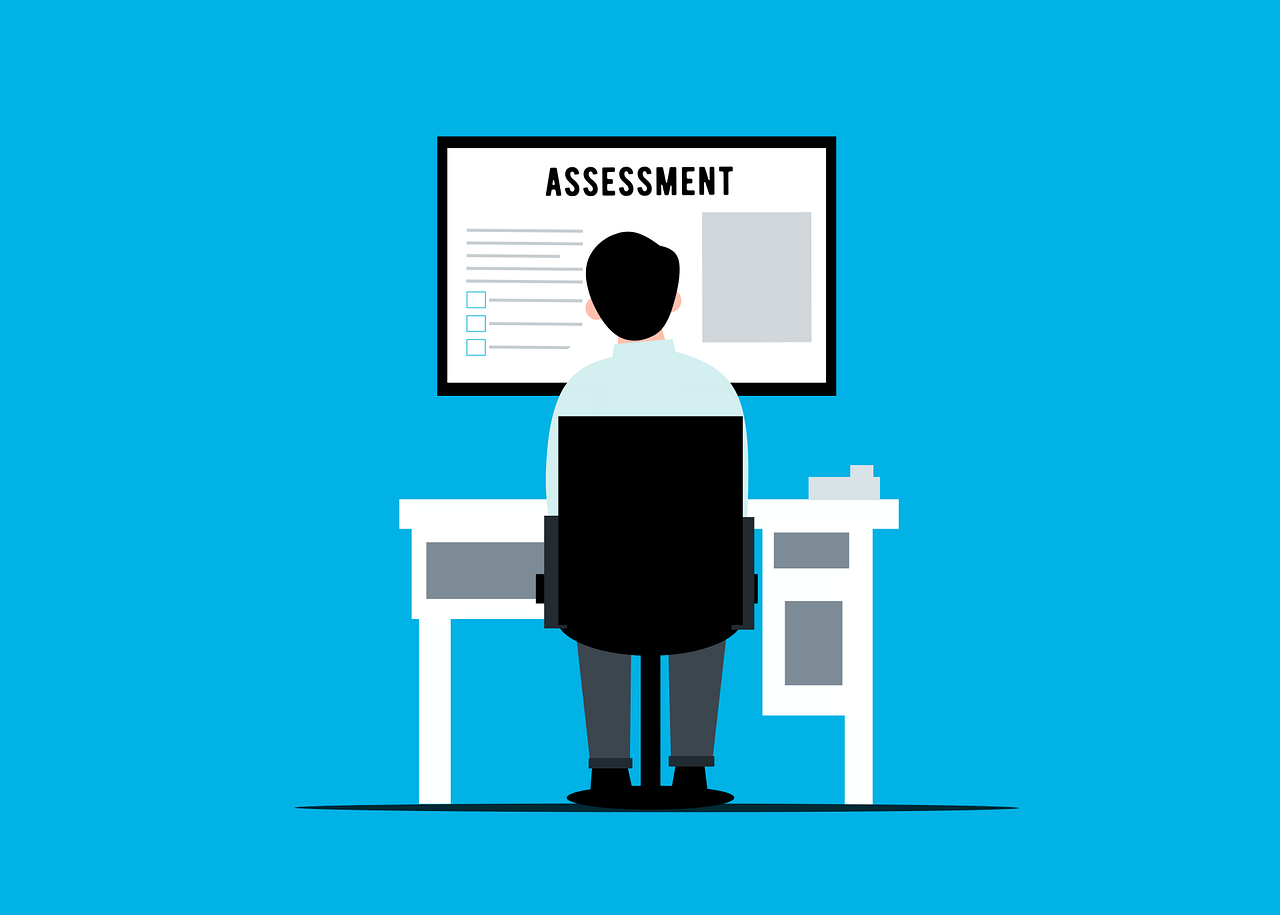Book Appointment Now

Understanding APA Style for Nursing Papers
Proper formatting is an essential part of academic writing, especially in nursing education. APA (American Psychological Association) style is the most commonly used citation and formatting style for nursing papers. Understanding APA style for nursing papers is crucial for writing research papers, essays, and assignments that meet academic standards. This article will provide key tips for mastering APA style and highlight common mistakes nursing students should avoid.
Why APA Style Matters in Nursing
APA style is the preferred format for nursing papers because it emphasizes clarity, consistency, and proper source attribution, all of which are critical in the field of healthcare. Correctly using APA style helps students:
- Present information clearly: APA ensures that papers are well-structured and easy to follow.
- Give credit to sources: Proper citations prevent plagiarism and highlight the research that supports your arguments.
- Maintain professionalism: APA formatting reflects attention to detail, which is an essential skill in nursing.
Understanding APA format not only improves your academic performance but also helps you develop skills needed for evidence-based practice in your nursing career.
Need APA Style writing help with your nursing paper?
Help With Nursing Essay
Key Tips for Formatting Nursing Papers in APA Style
To ensure your nursing papers meet APA standards, pay close attention to these essential formatting elements:
1. General Paper Format
Here are the key formatting guidelines for nursing papers in APA style:
- Font: Use a legible font like Times New Roman 12-point, Calibri 11-point, or Arial 11-point.
- Spacing: Double-space all text, including the title page, body, and references.
- Margins: Set 1-inch margins on all sides of the page.
- Page Numbering: Include a page number in the upper right corner of every page, starting with the title page.
- Title Page: The title page should include the title of your paper, your name, institutional affiliation, course number and name, instructor’s name, and the due date, all centered and double-spaced.
2. Headings and Subheadings
Properly organizing your paper with headings and subheadings enhances readability. APA style provides five levels of headings, with each level formatted differently:
- Level 1 Heading (Centered, Bold, Title Case): Used for main sections (e.g., Introduction, Methods, Results).
- Level 2 Heading (Left-Aligned, Bold, Title Case): For subsections under Level 1 headings.
- Level 3 Heading (Left-Aligned, Bold Italic, Title Case): For subsections under Level 2.
For example, in a nursing paper, you may use headings like:
- Introduction
- Patient Care Management (Level 1)
- Assessment Techniques (Level 2)
- Vital Signs Monitoring (Level 3)
3. In-Text Citations
In nursing papers, citing sources accurately is essential for evidence-based writing. APA style uses the author-date format for in-text citations. Here are a few examples:
- One author: (Smith, 2023)
- Two authors: (Johnson & Clark, 2022)
- Three or more authors: (Wilson et al., 2021)
Make sure to include a citation whenever you quote, paraphrase, or summarize information from a source. For direct quotes, include the page number: (Smith, 2023, p. 45).
4. Reference List
The reference list at the end of your nursing paper should provide full details of all sources cited in your text. Follow these formatting rules:
- Alphabetical Order: List references in alphabetical order by the first author’s last name.
- Hanging Indent: Use a hanging indent for each reference (the first line is flush left, and subsequent lines are indented).
- Basic format for a book: Author, A. A. (Year). Title of work: Capital letter also for subtitle. Publisher.
- Basic format for a journal article: Author, A. A. (Year). Title of the article. Title of the Journal, volume(issue), page numbers. https://doi.org/xxxx
5. Tables and Figures
When incorporating tables and figures in your nursing paper, APA has specific guidelines:
- Labeling: Each table and figure should be labeled with a number and a descriptive title (e.g., Table 1: Patient Demographics).
- Placement: Tables and figures should be placed as close as possible to the relevant text or included at the end of the paper in an appendix.
- Source Attribution: If the table or figure is adapted from another source, include a citation beneath it, such as: Note. Adapted from Johnson (2020).
Common Mistakes to Avoid in APA Style for Nursing Papers
Even though APA style may seem straightforward, nursing students often make mistakes that can cost them marks. Here are some common pitfalls to avoid:
1. Incorrect In-Text Citations
One of the most frequent errors is improper or missing in-text citations. Make sure that every source listed in the reference section is cited within the paper and vice versa. Additionally, follow the correct author-date format, and include page numbers when quoting directly.
2. Improper Use of “et al.”
For works with three or more authors, APA 7th edition requires you to use “et al.” after the first author’s name from the very first citation (e.g., Smith et al., 2023). Many students mistakenly list all authors, especially in the first citation, which is incorrect in APA 7.
3. Inconsistent Formatting of References
Another common mistake is inconsistently formatting the reference list. Remember to:
- Use a hanging indent for every reference.
- Follow correct capitalization rules for journal titles (capitalize every major word) but use sentence case for article titles.
- Include DOIs or URLs for journal articles whenever available.
4. Errors in Headings
Misusing headings is a common issue. Make sure to follow the correct APA heading hierarchy and format each level properly. Additionally, do not start your essay with “Introduction” as a heading, as this is assumed in APA style.
5. Misplaced Punctuation in Citations
Punctuation plays an important role in APA style. Ensure that periods, commas, and parentheses are placed correctly within in-text citations:
- For example, (Smith, 2022) is correct, but (Smith, 2022.) is incorrect.
6. Overlooking Title Page and Running Head
The title page is often neglected or incorrectly formatted. Follow APA 7th edition guidelines strictly, including the running head (a shortened version of your title in uppercase), page numbers, and correct alignment of text.
Mastering APA style for nursing papers is essential for presenting your ideas clearly and professionally. By following APA guidelines for general formatting, citations, and references, you will improve the quality and credibility of your nursing papers. Additionally, avoiding common APA mistakes, such as incorrect citations or improper use of headings, can significantly improve your academic writing.
By paying attention to these details and refining your approach, you will not only avoid common mistakes but also develop a polished, professional paper that meets the high standards of nursing education. Make sure to consult the official APA 7th edition manual or reliable online resources for further guidance on specific formatting rules.
Understanding APA style isn’t just a requirement for nursing school—it’s a skill that will serve you throughout your academic and professional career.
Who can write my nursing essay?







